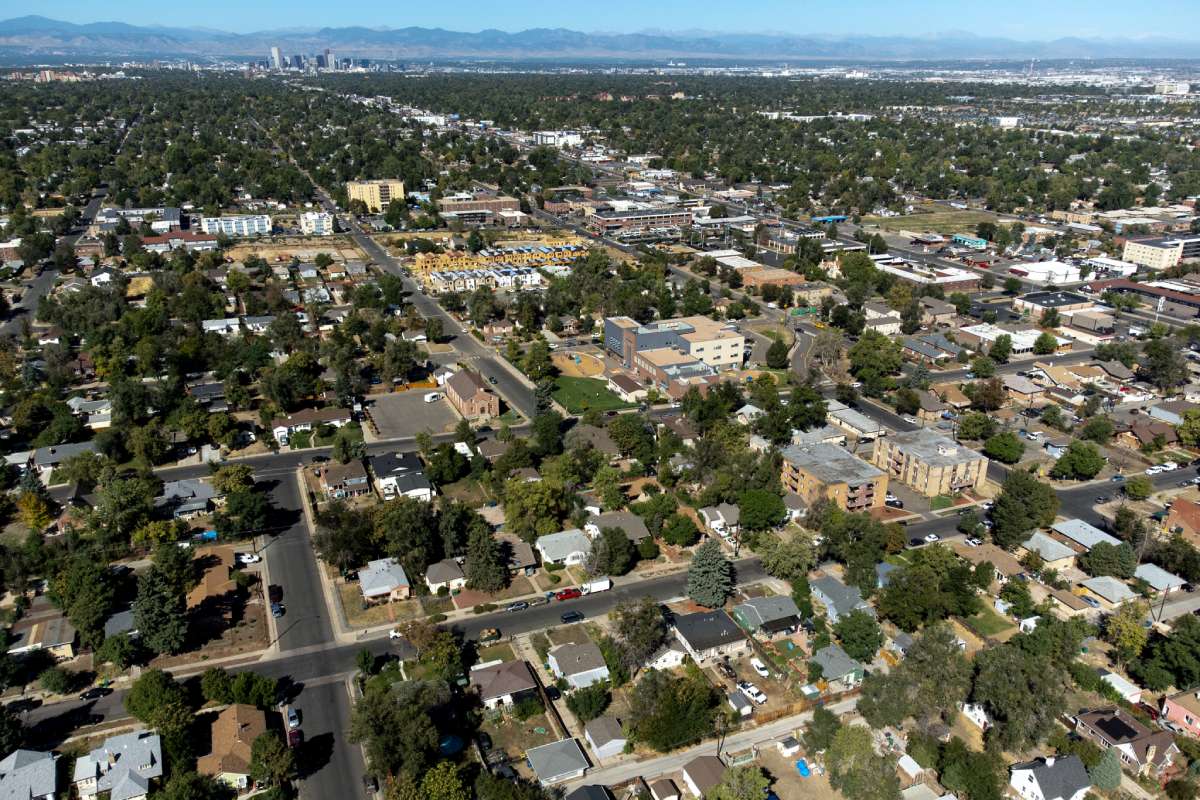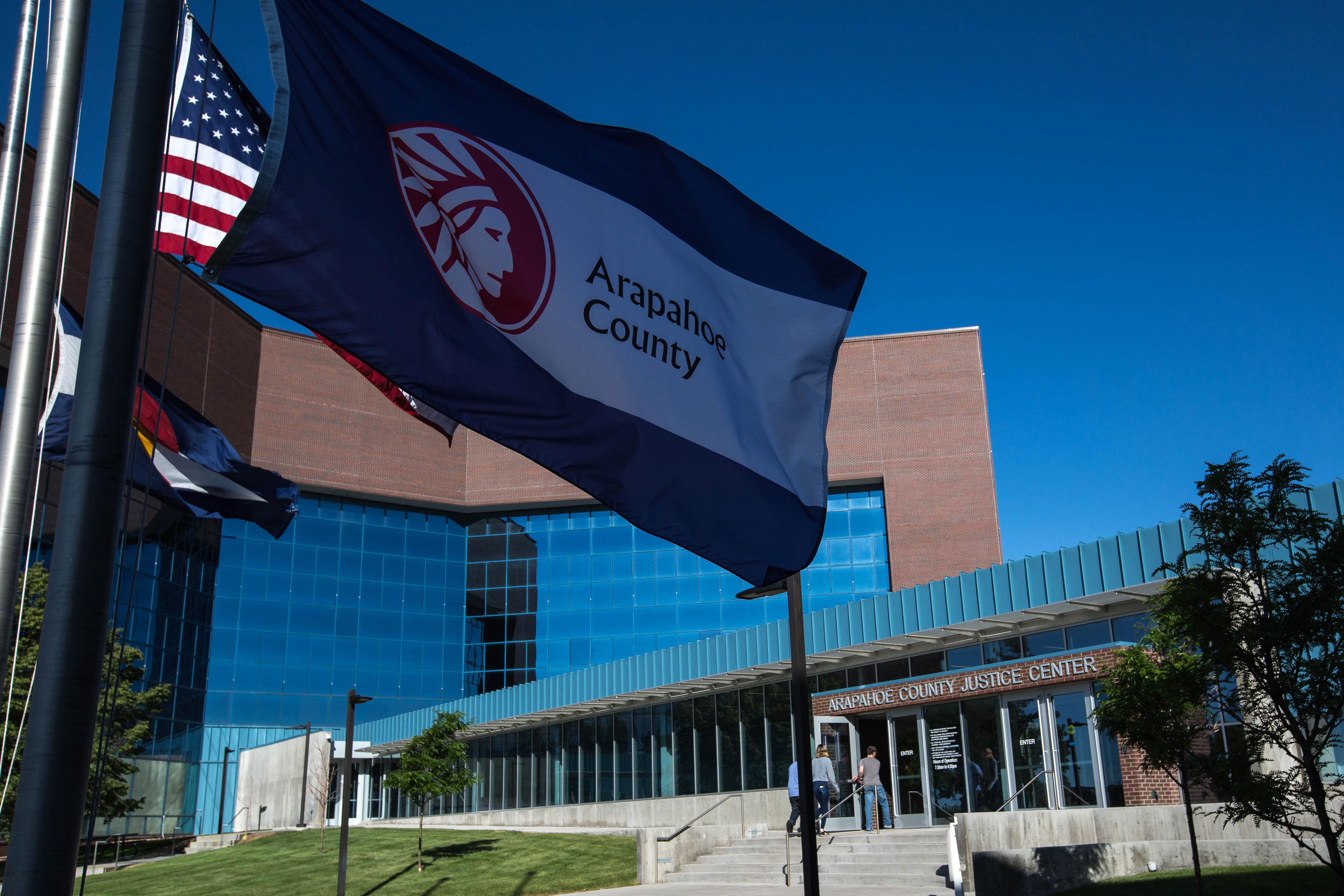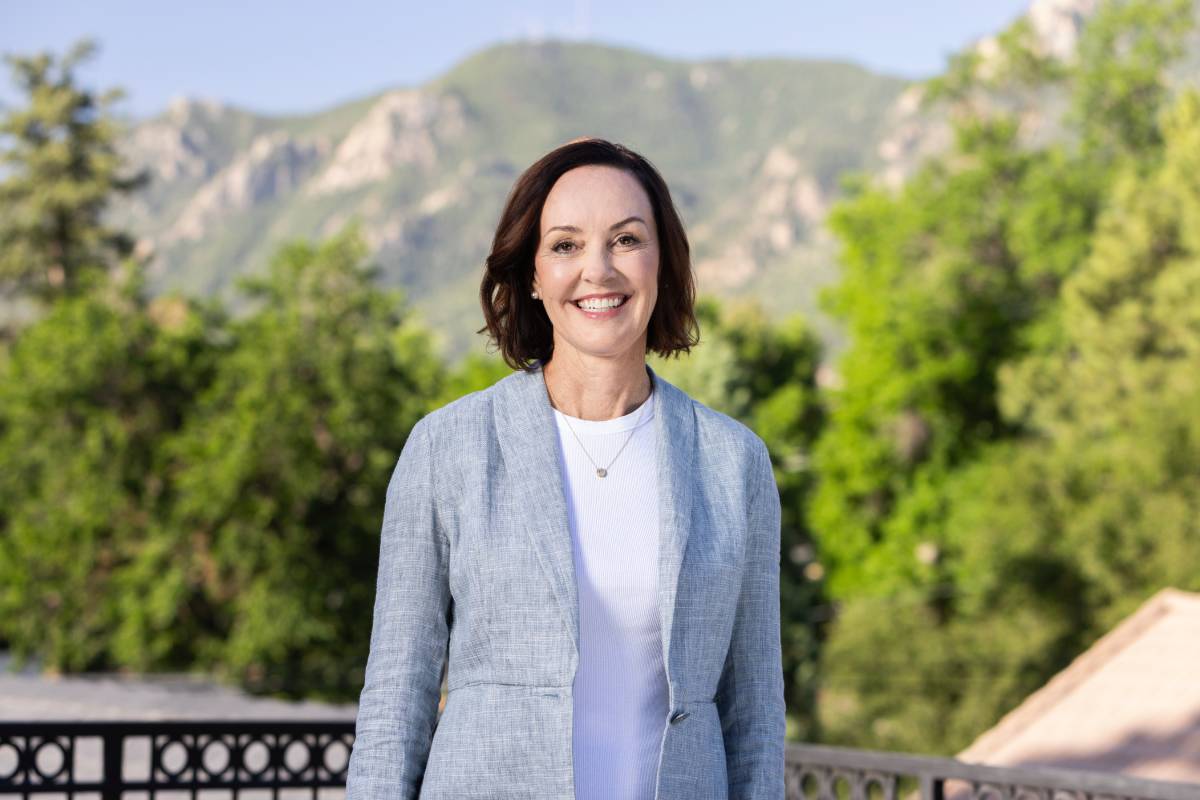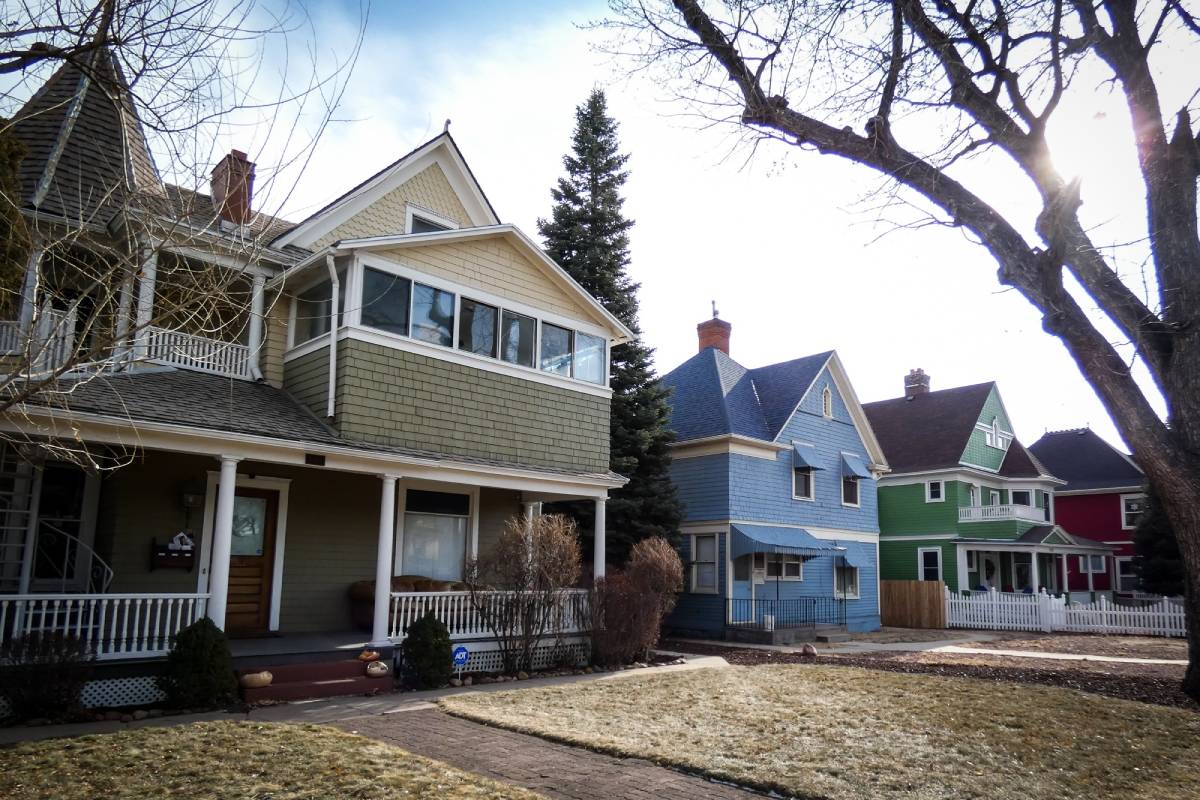
When metro Denver leaders set out to build rail service around the region about a dozen years ago, one of the arguments for the project was to reduce congestion on roads. That wasn't the right focus, according to a story published today in Politico.
Instead, reporter Colin Woodard found that the rail system that has been built, with much of it opening this year, "has proven that its greatest value is the remarkable changes in land use its stations prompt, from revitalizing moribund neighborhoods, like the area around Union Station, to creating new communities where once there was only sprawl or buffalo grass."
If metro leaders had recognized that, Woodard writes, they would have chosen to put the rail lines and stations in places other than the ones they ultimately picked.
Nevertheless, Woodard says the build out of rail to the Denver Tech Center, the airport, Lakewood, Arvada and other places in the metro area is unprecedented right now. His story, "The Train That Saved Denver," credits local leaders with setting aside "crippling rivalries" and "making big collective investments" to make the rail lines a reality.
Woodard spoke with Colorado Matters host Ryan Warner.
Woodard on how transportation planners are thinking differently now:
“One of the things that people are discovering, and that the experience of Denver has been an excellent case study in, is that the really amazing advantage of a rail transit system is that it creates dots on the map, so to speak, and at stations that naturally encourage and catalyze the change in land use around it. It prompts the creation of often denser and walkable neighborhoods -- especially if done right -- that are less reliant on automotive transit to begin with."
"The car was front and center in the conversation, where actually, if you think about it, it didn't need to be. If you ask that other question -- how to you get people to what they need in their lives and want to get to -- you may not have the car in the conversation at all. It may be that you build stations in places where people are going to end up using rail transport and bicycles and walk to a lot of the things they need."
On why the rail build-out could be called a “miracle:”
“That a city that is fast growing, and has continued to be fast-growing, essentially decided over a decade and a half we’re going to build an entire region-wide rail transit system that’s going to extend out and knit the whole metro region together, and that the counties and municipalities all involved ended up getting behind it, and it’s an enormously expensive and difficult project at a time when federal and public dollars are not easier to get than they were in the past, and despite twists and turns and complications, most of it has actually happened and more or less on time, that’s a pretty impressive thing in and of itself.”









